
The Melbourne Free Hospital for Sick Children Established
September 9th, 1870
Dr William John Smith and Dr John Singleton opened the hospital in a six-bedroom house located at 39 Stephen Street.
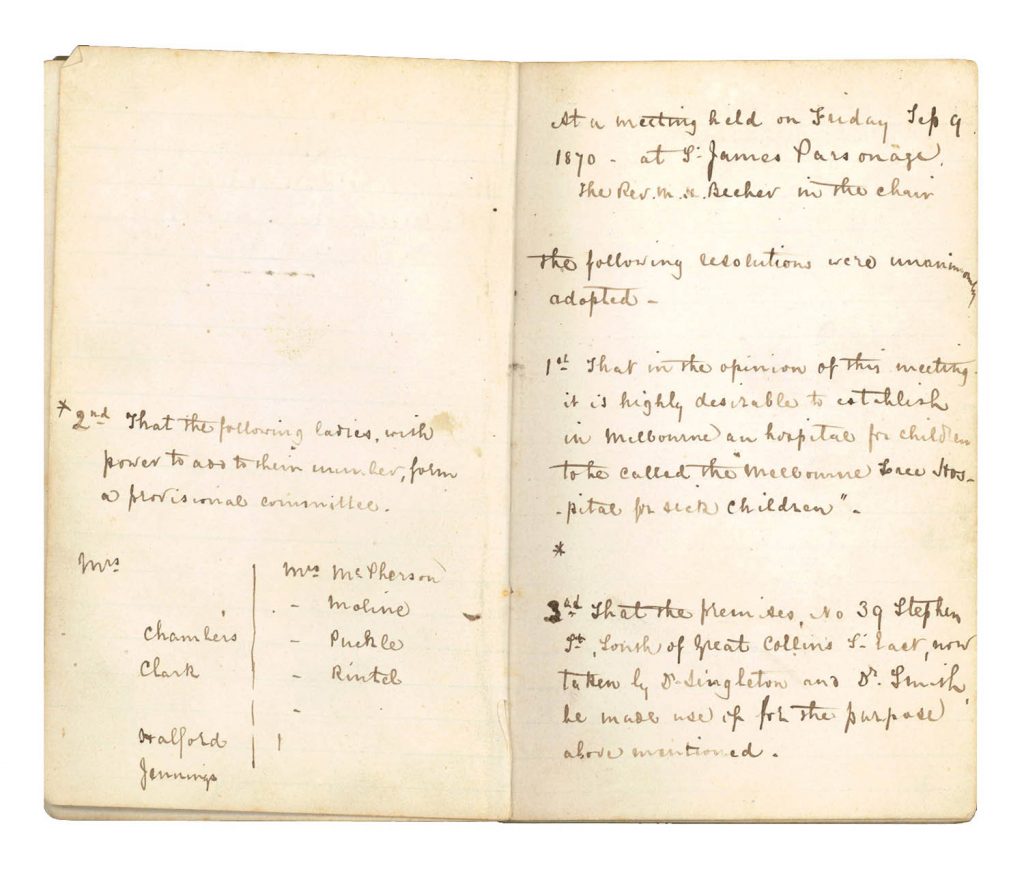
Committee of Management Established
September 9th, 1870
The committee was run and populated predominantly by women until 1940.
Image credit: PROV, VA 1239 The Royal Children’s Hospital, VPRS 16796/P1 Minutes of the Committee of Management (1870-1992), Unit 1 (Minutes 1870 -1872). Digitised copy.
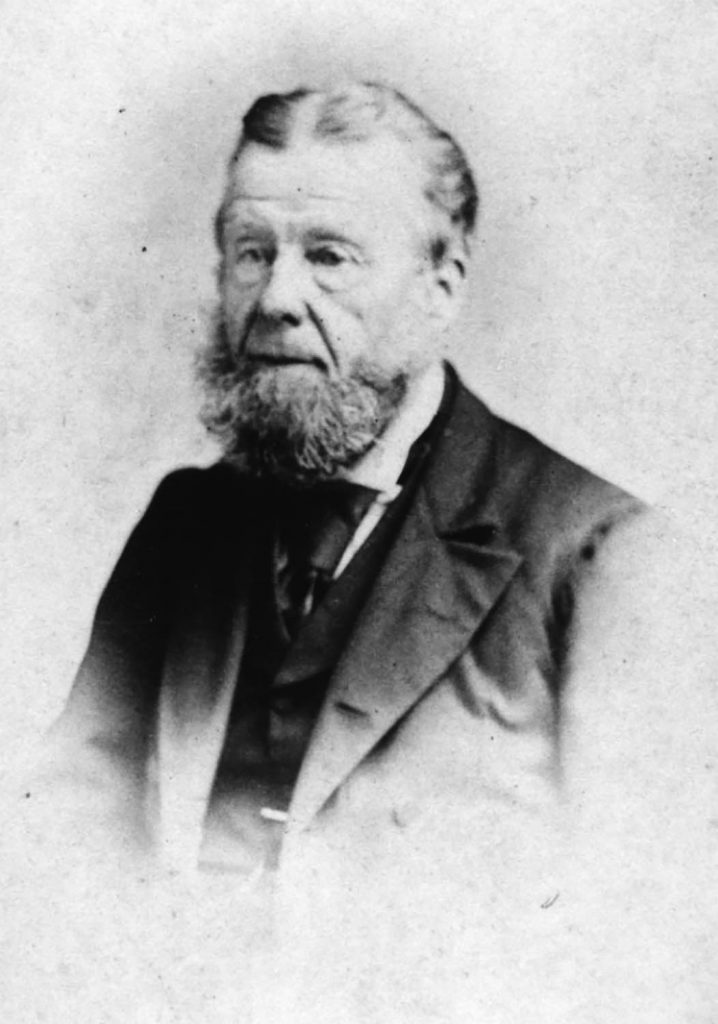
First Attending Surgeon
September 9th, 1870
Hospital founder Dr Smith took on the role of attending surgeon.
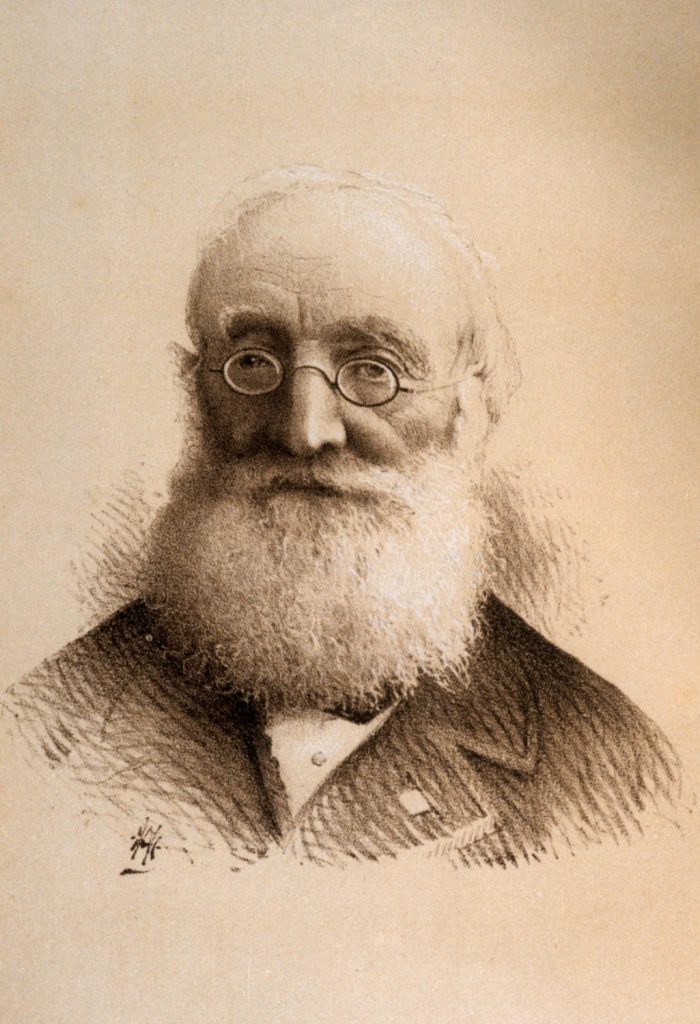
First Attending Physician
September 9th, 1870
Hospital founder Dr Singleton took on the role of attending physician.
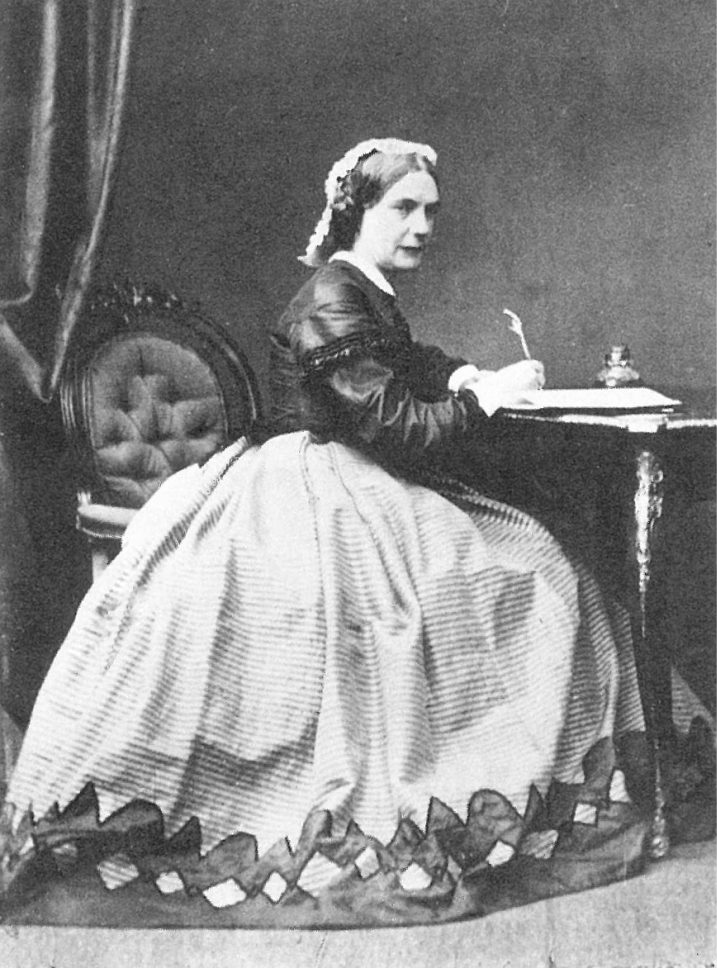
Frances Perry
Perry, wife of the Anglican Bishop of Melbourne, was elected as the first president of the Committee of Management.
First Honorary Physicians and Surgeons
September 9th, 1870
In addition to Dr William John Smith and Dr John Singleton, Dr Motherwell was named honorary consulting physician and Professor Halford, honorary consulting surgeon.
First Nurse for Inpatients
Mrs Bail was the first nurse employed by the hospital. She remained on staff at the hospital until 1878.
First Inpatients
December 1870
Six cots were established for the initial intake of inpatients.
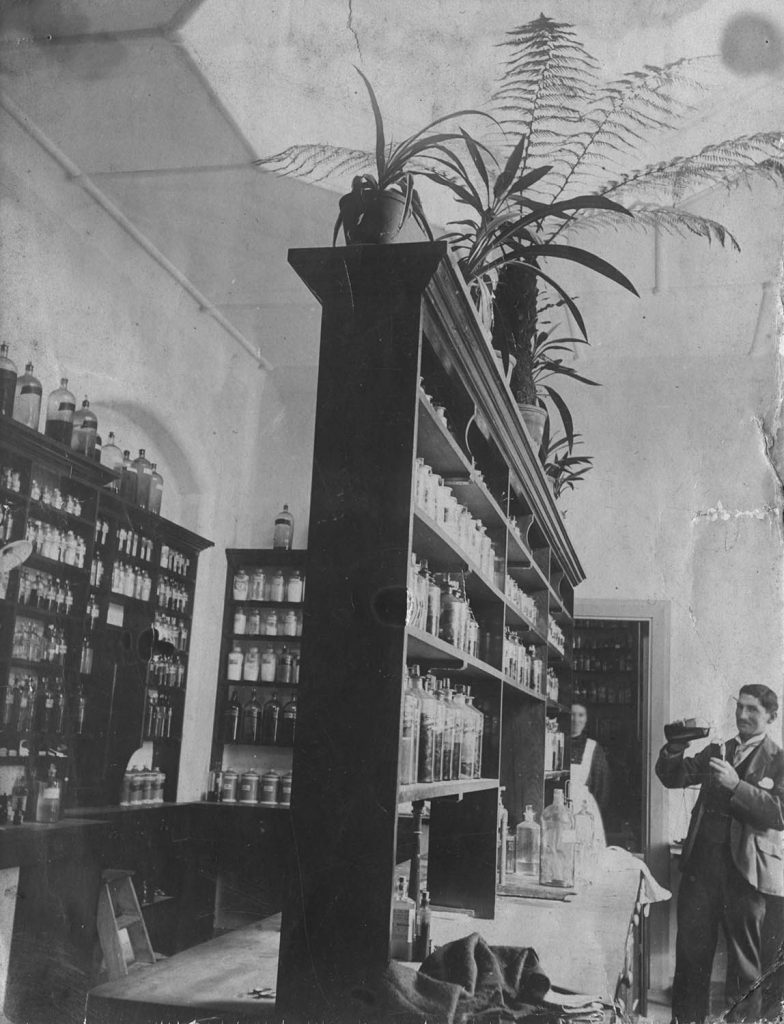
First Pharmacist
Robert Singleton, son of Dr John Singleton, ran the medicine dispensary.
Image details: First known photo of the hospital's pharmacy, circa 1917.
Dr John Singleton Resigns
Due to ideological differences, Dr John Singleton withdrew from his hospital commitments.
Dr William John Smith Resigns
Dr Smith was awarded life governorship of the hospital when he resigned in order to establish his own general practice in Casterton.
Doctors William a’Beckett, Joseph Black and Henry Wigg
After the departure of Smith and Singleton, three new doctors were appointed to the position of honorary attending medical officer.
Doctors Edwin James and James Nield
As a result of growth in demand, two more doctors were appointed to the position of honorary medical staff.
First Children’s Hospital Bazaar
The first of many community fundraising events, the bazaar raised over £2000.
Matron Marion Harvey
Harvey was appointed the new role of matron. She had a staff of two nurses; Head Nurse Mrs Bail and Assistant Nurse Anna Ford.

Relocation to 13 Spring Street
October 1873
The hospital moved to a larger premises with space for 15 beds. The name was changed to Melbourne Hospital for Sick Children.
Scarlet Fever Epidemic
1875 - 1876
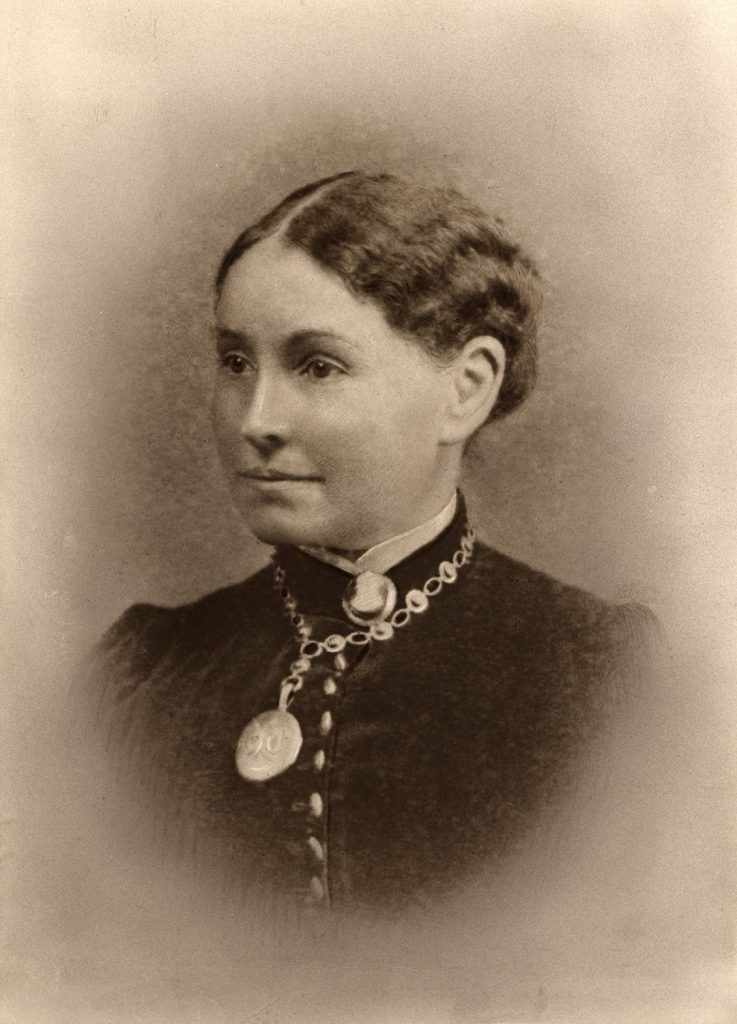
Matron Sarah Anne Bishop
Appointed as matron, Bishop worked in the role until 1899. She had a significant influence on the hospital in its formative years.
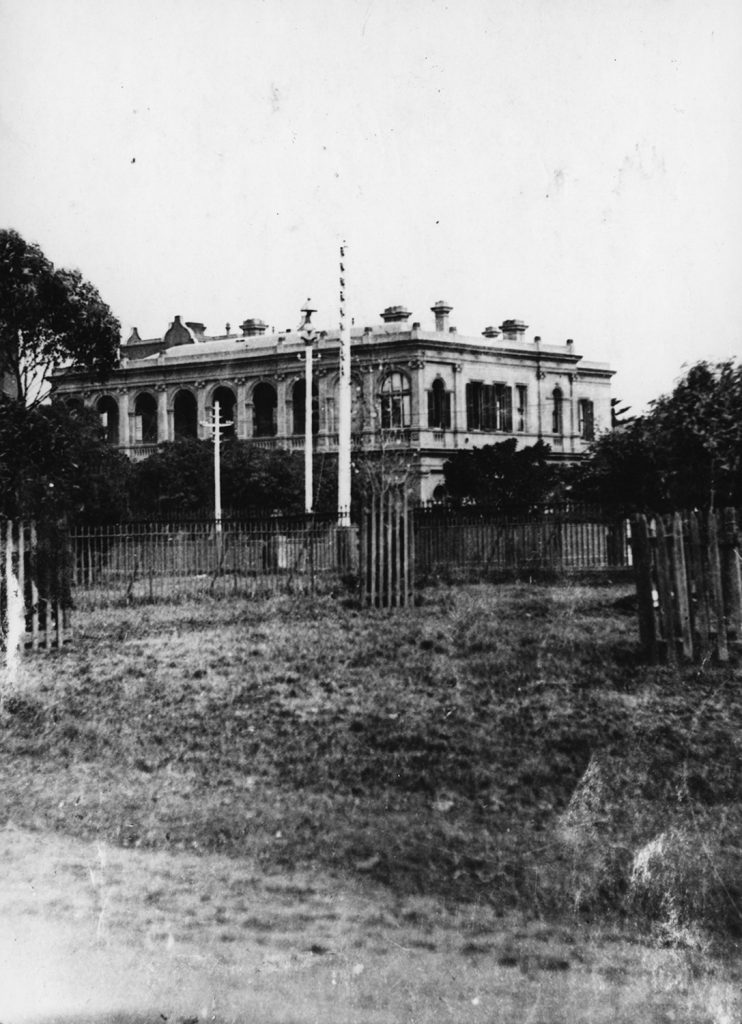
Purchase of Sir Redmond Barry’s House
In response to the increased need for larger premises, the Committee of Management purchased Barry’s house in Carlton for £10,000.

Move to Carlton Premises
The new hospital, with space for 24 beds, was opened by Sir George and Lady Bowen.
First Resident Doctor
The committee decided to create a paid position for a resident doctor. The honorary doctor positions were unpaid, usually held by doctors with their own private practice. The first resident doctor was Dr W.E. Stewart, soon replaced by Dr Charles Hunter.

Nursing Reform
Organised training of nurses and formal nurse uniforms were introduced.
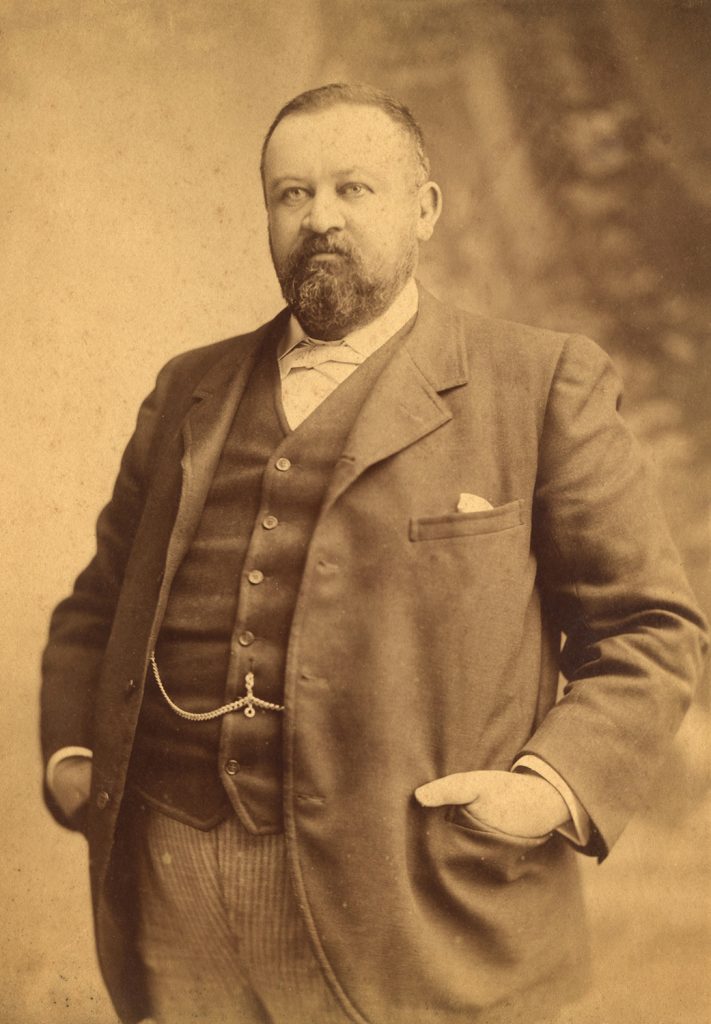
Dr William Snowball
Dr Snowball was appointed resident doctor in 1878 and stayed in the role until 1882. Snowball came to be regarded as the father of Australian paediatrics. He retained an honorary position until his death in 1902.
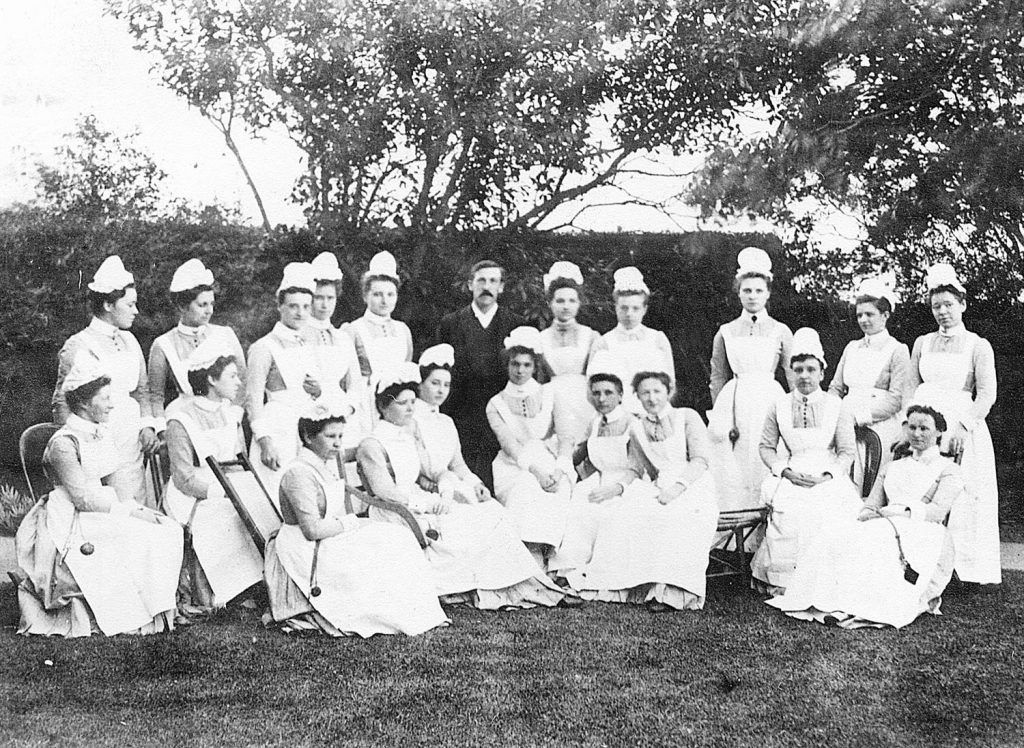
John Jackson Appointed to the Role of Collector
The collector role was somewhat closer to hospital manager. Jackson proved an effective fundraiser and greatly expanded the hospital’s avenues for funding and subscriptions.














